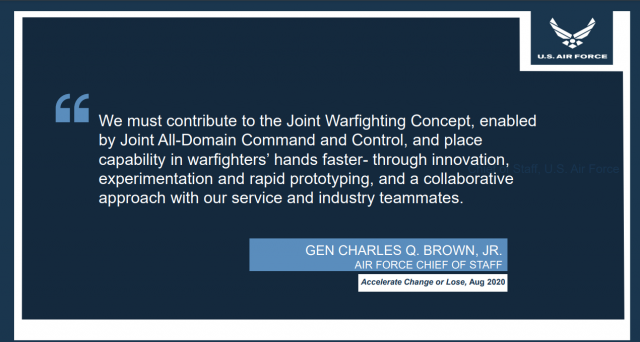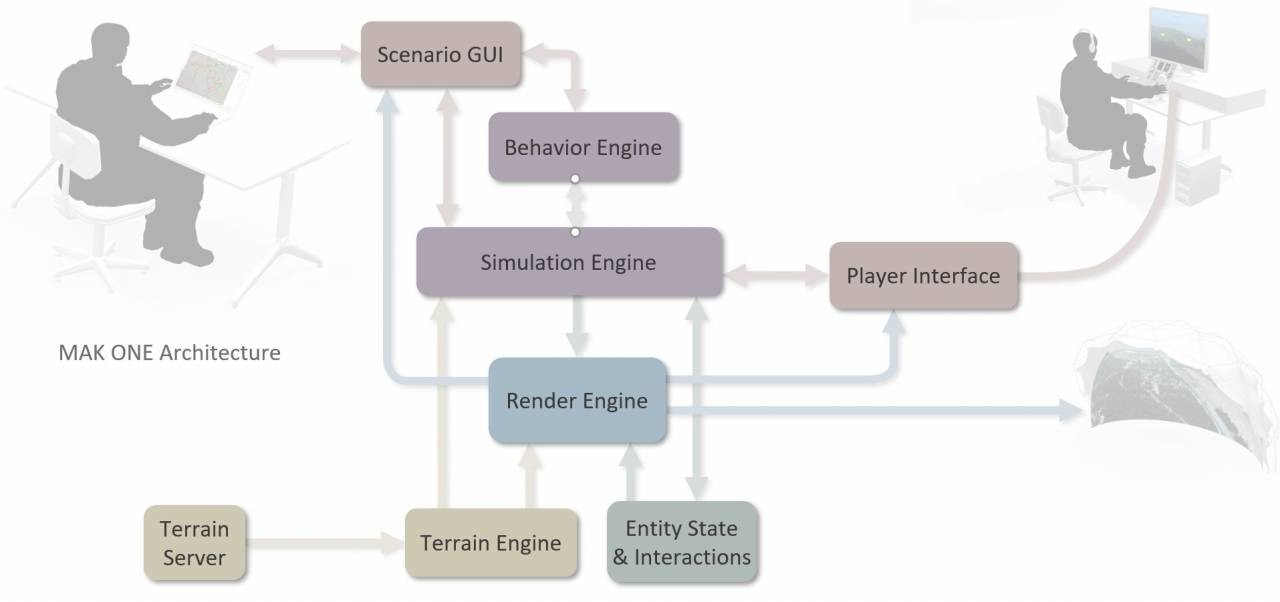MAK ONE: Planet Earth’s “Digital Twin” for Training and Experimentation
The world is an infinitely complex place, and interactions between people, systems, and the environment are exceedingly difficult to model. Historically, simulation solutions reduce these complexities to the bare minimum so that an environmental representation can be achieved within the limits of the current technology. This approach is certainly necessary. It enables us to develop focused tactics, techniques, and procedures training simulators, to assist "low-level units [to be] masters of their craft" as General McConville said at a presentation to the Association of the US Army (AUSA).

To stay ahead of our potential adversaries, paraphrasing General Charles Q. Brown, we need a robust, lifelike, simulation environment to exercise joint all-domain command and control while we innovate through experimentation and rapid prototyping.
The MAK ONE Synthetic Environment
The MAK ONE Synthetic Environment, a simulation model of the world and its inhabitants, meets this vision. This 'Digital Twin' of planet Earth provides the context for multi-domain training and experimentation. It includes the planet's surface that people walk on and vehicles drive across; it includes the dynamic oceans and rivers that ships and boats float on; it includes the atmosphere that aircraft fly in, and even the space above that satellites orbit through.
Conjuring this world into existence requires the confluence of many technologies:
- A Terrain Engine to construct the three-dimensional model of the world (terrain, buildings, roads) and to model the dynamic aspects of the environment (clouds, waves, weather);
- A Terrain Server to provide geographic data to the Terrain Engine;
- A Simulation Engine to model the dynamics and interactions of each moveable entity (ground vehicles, aircraft, satellites, ships, human characters, and animals);
- A Behavior Engine to give the computer generated forces intelligence;
- Player Interfaces to enable participants to take interactive control of individual entities;
- A Render Engine to present visual and sensor scenes of the environment to participants;
- Graphical User Interfaces to enable operators to create and manipulate scenarios;
- And finally, Network Interfaces to fill the environment with human behavioral data collected from the real world and to connect simulations so they can participate in the environment.
This modular architecture is essential. It makes possible the creation of simulation solutions that are simple or exceedingly complex. The MAK ONE COTS software model enables system designers to start with products that address the core needs (First-person simulator, Computer Generated Forces, Image Generator) out of the box and it also provides Application Programmer Interfaces (APIs) that allow developers to extend every aspect of the simulation to add specific models and functionality into the common synthetic environment.


